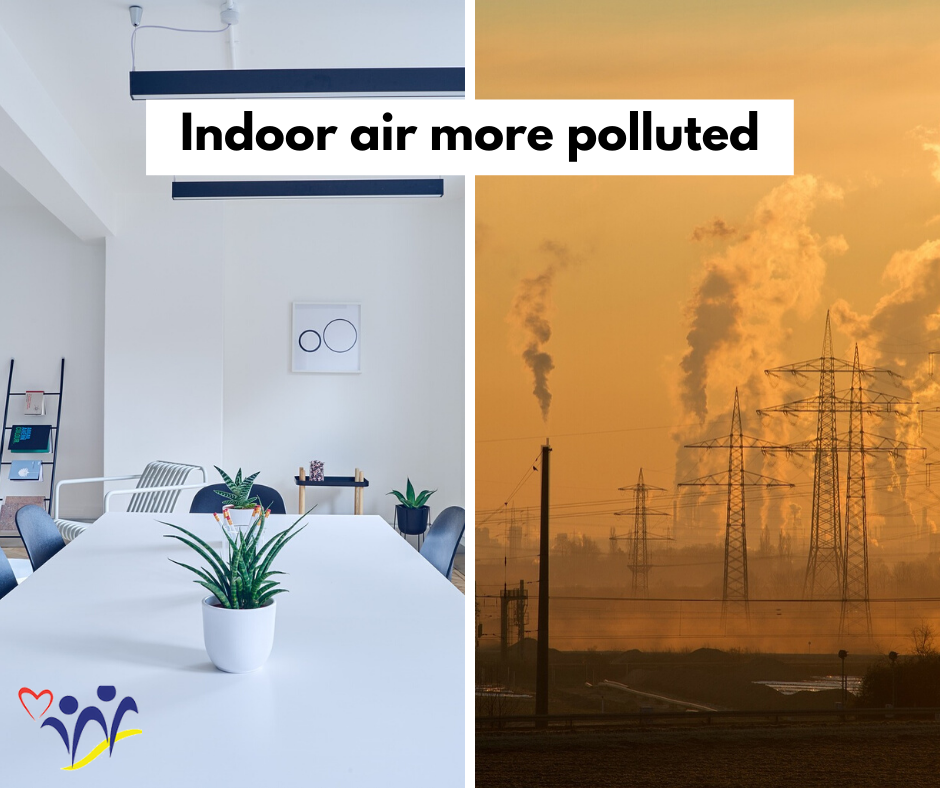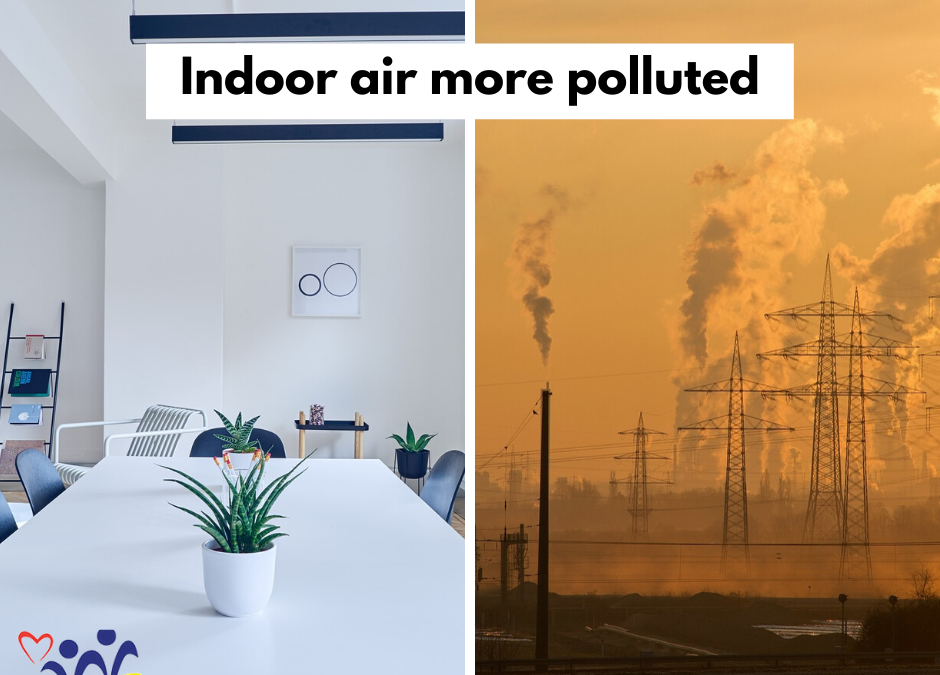Indoor Air More Polluted than Outdoor Air
When we think of air pollution we probably think of things like smog, power plants and emissions from cars and trucks. Those are all examples of outdoor air pollution, but indoor air can be polluted too. Indoor air pollution is a very real and dangerous thing because indoor air is far more concentrated with pollutants than outdoor air. Health effects from indoor air pollutants may be experienced soon after exposure or years later.

Man-made infrastructures affect our health and wellness in more ways than one, but the indoor environment is becoming more important because we now spend a lot of our times indoors, whether at the office, playing with the kids indoors, glued to the television, computer or hand phone, and even exercising indoors. We have the misconception that it is healthier to do so than being exposed to the polluted air outside.
Common Causes of Indoor Air Pollution
- Dust, which can trigger respiratory allergies in people who are sensitive to them
- Chlorine by-products like chloramines and trihalomethanes which are formed when chlorine reacts with organic matter skin and hair. Inhaling these chemicals can irritate and cause damage to the respiratory system.
- Household cleaning chemicals, paints and solvents. These products contain volatile organic compounds (VOCs).
- Synthetic fragrances, perfumes and deodorizers. Substances used in fragrances, perfumes and deodorizers are largely unregulated and some of this have been found to be toxic and are capable of causing skin irritation, allergic reaction, cancer, central nervous system disorders and reproductive disorders.
- Dry cleaned clothes which contains trichloroethylene and perchloroethylene, which are highly toxic substances that are known to cause cancer.
- Secondhand and third hand smoke which contains carcinogens.
- Biological pollutants, including mold, bacteria, viruses, pollen and dust mites that could cause diseases, trigger hay fever or induce asthma in adults and children.
- Carpets and upholstery that use formaldehyde as permanent adhesive.
- Volatile organic gases released by building and remodeling materials such as paint, lacquer, glue and plywood.
- Radon gas from kitchen counter top, attic and basement which can lead to lung cancer.
There are also various other chemicals that we may be using without our knowledge in our homes that may be affecting our health. As such, we need to start changing our perception on how we view indoor air as opposed to outdoor air. Fortunately indoor air pollution is much more manageable than the air outside our homes.

